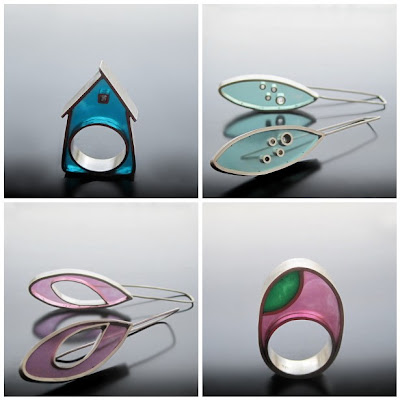
1. TADA365 #38e Home Sweet Home, 2. TADA365 #38d Marquise earrings, 3. TADA365 #38c Marquise earrings, 4. TADA365 #38a Oval Ring
Today, I thought I'd share a few things that worked for me over the years and hope that will help you as well. The images above are pieces of my recent collection, photographed under the conditions that I will briefly describe in this post.
I should start by telling you that I don't have any fancy equipment, camera, lights etc. I use a simple point-and-shoot Canon Digital IXUS 95 IS, which must have cost me about 120€, and that’s last year’s price. My previous one was similar but my little nephew thought it was a nice toy for him.....the rest is history!
I have also bought a lightbox from e-bay for about $10-15 but it never actually worked for me. I believe the reason was that my light sources were inadequate.
What do I do?
First, I always shoot my finished pieces outside in daylight. I just shoot them at my balcony when the light is correct. You need to experiment to understand the light.
By trial and error, I have found that I should never shoot under direct sunlight because the images are overexposed and the colors look as if they are burnt.
Early in the morning you get too much yellow, at noon it's too blue! An overcast day is perfect because it means I can shoot whenever I want, but here in Greece we get a lot of sunlight during most of the day. So I have to be patient and wait until late afternoon to get it right.
As expected, shooting outside imposes certain limitations, waiting for the best light being by far the most significant. Then there are days when it's cold outside or the wind makes it impossible for the pieces to stay still.
Another thing you need to experiment with is the background. You could use paper, plastic, cardstock or even wood.
As I mentioned before, I just use a black plastic IKEA side table. I prefer it because I don't get a lot of reflections and the color of it appears as if gradient grey, when the light is appropriate.
Though it has helped me a lot, after using it for quite a while, the surface is now scratched. I will either replace it or find a new background.
When I'm ready to shoot, I take lots of pictures from many different angles. The camera is set in marco mode and I focus on the object, not the background. The image has to be sharp and crisp. I should say that I use a tripod to control this, but the truth is... I don't!
The next step is to select the best photos and edit them. You don't need an expensive software to do this but if you have Photoshop, that would certainly be nice. Another option is Picnic, which is a free online photo-editing tool.
I'm on a Mac and the software I use is Aperture, which let's me organize and also edit my pictures. I should write about photo editing next time.
So my conclusion is that the key is to experiment in order to find what works best for you. Any additional knowledge regarding photography and your camera settings is helpful but my point is that you neither need to be an expert nor spend a fortune on equipment to achieve acceptable quality photos.
My advice is, whenever you need something extra special, hire a professional. I recently had such an experience, which was very enlightening and made me realize the difference between diy and professional photoshooting.….But that's another story and maybe another blog post!
I would love to hear your thoughts on this subject!
Thank you for reading!
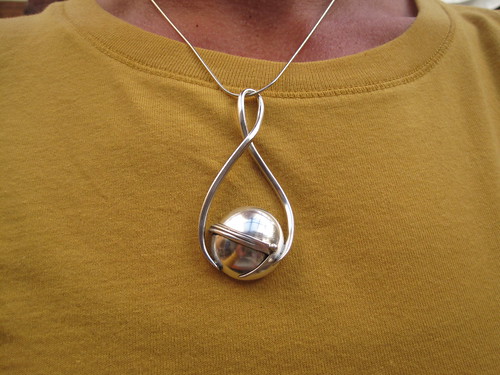
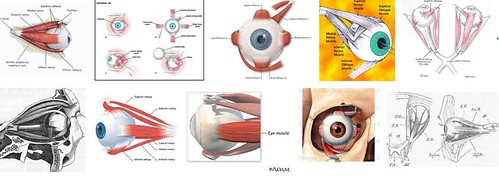
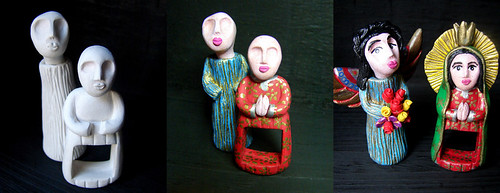
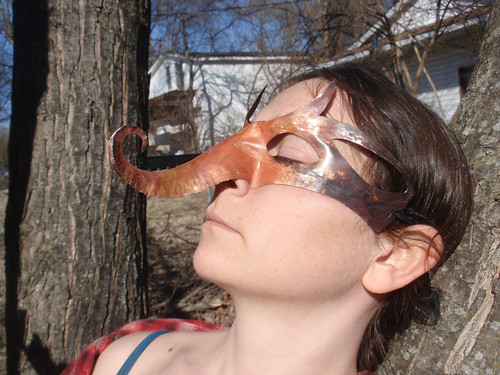


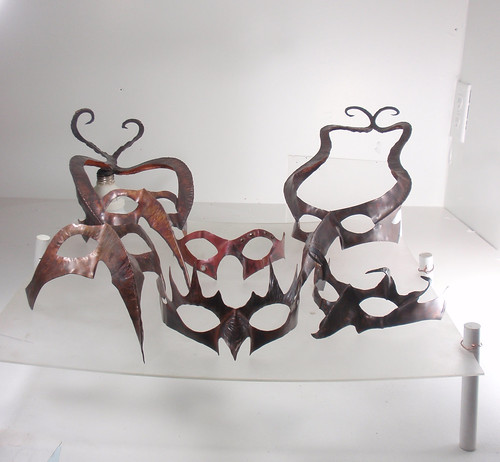
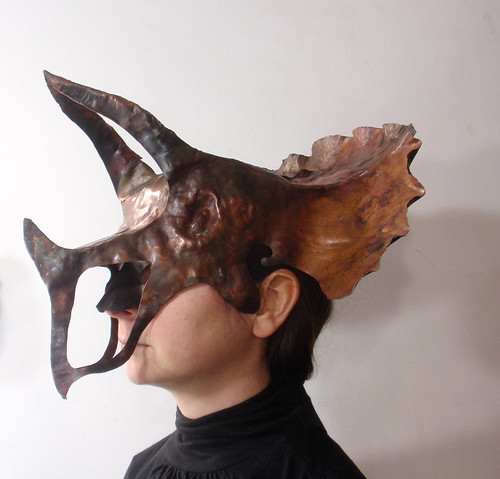






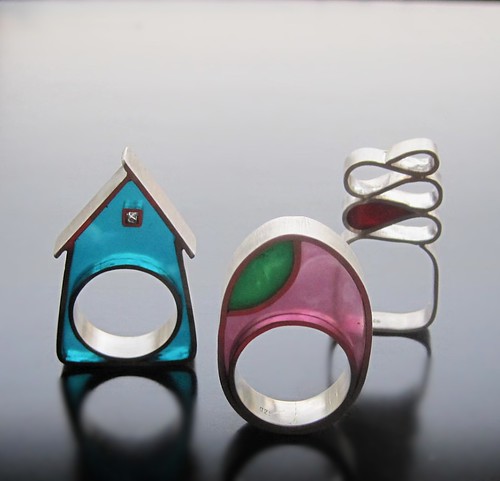
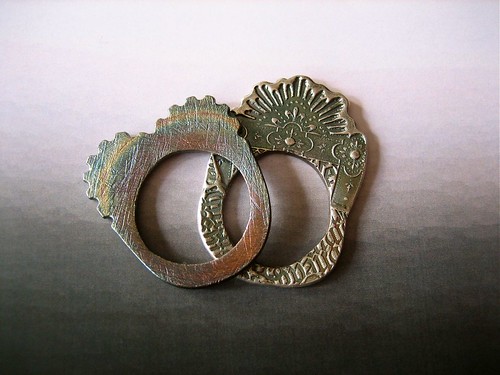
 n-
n-
